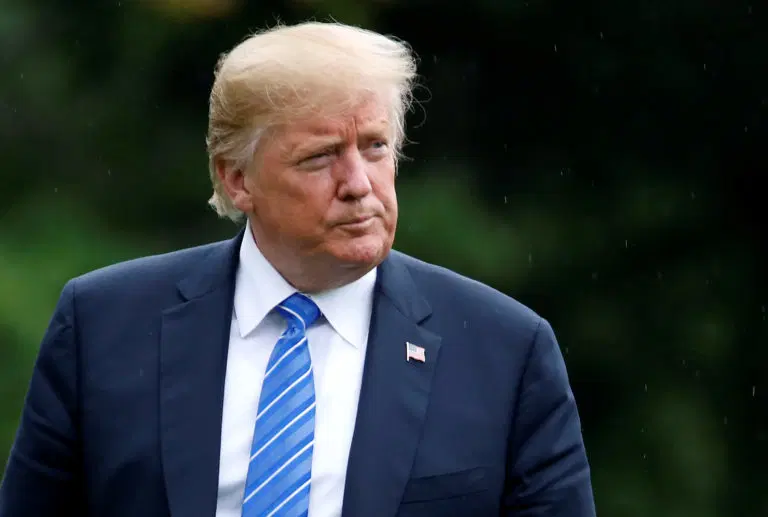
President Donald Trump met with top congressional leaders at the White House on Monday in a last-ditch effort to break a budget deadlock and avert a partial U.S. government shutdown.
Unless Congress approves new funding before midnight Tuesday, large parts of the federal government will be forced to close, triggering a cascade of disruptions: hundreds of thousands of federal workers left without pay, non-essential operations grinding to a halt, and delays to critical social safety net benefits.
With barely 36 hours to the deadline, the standoff has escalated into a high-stakes political showdown. Both parties say they want to avoid a shutdown, but each is already preparing to blame the other if Washington grinds to a halt.
Republicans Push Stopgap, Democrats Demand Concessions
Republicans have offered to extend current funding levels through late November while negotiations continue over a broader budget deal.
Democrats, however, are seizing on rare leverage to demand the restoration of hundreds of billions of dollars in health-care funding, particularly for the Affordable Care Act (Obamacare) programs that Trump’s “Big, Beautiful” budget bill slashed in July.
The White House has further stoked tensions by threatening to fire civil servants outright rather than temporarily furlough them without pay, breaking from past shutdown practices.
Leaders Seek “Common Ground”
House Speaker Mike Johnson told Fox News that Trump was “open to discussion” and wanted to negotiate “in good faith” during the high-stakes talks, which brought together Johnson, Senate Majority Leader John Thune, and Democratic leaders Chuck Schumer and Hakeem Jeffries.
Schumer, speaking to NBC News, described the meeting as “a first step” but stressed the need for “serious negotiation.” Jeffries echoed that sentiment on ABC, saying Democrats sought “common ground” on a budget that secures health, safety, and economic well-being for Americans.
Although Republicans control both chambers by narrow margins, Senate rules require 60 votes to advance a budget bill—meaning at least seven Democrats must support the Republican stopgap measure.
Trump, however, has shown little willingness to compromise, blasting Democrats last week as “crazed” and insisting they are to blame for the standoff.
Rising Tensions
Democrats bristled at the White House threat to fire federal workers. “We will not be intimidated,” Jeffries declared.
This is not the first time Washington has reached the brink. In March, a similar impasse nearly forced a shutdown until 10 Senate Democrats reluctantly sided with Republicans on a temporary extension—an unpopular decision that angered the party’s base, which now insists its leaders stand firm against Trump.
With the clock ticking, Monday’s White House meeting may prove decisive in determining whether Washington avoids yet another damaging shutdown—or plunges into another political crisis.



